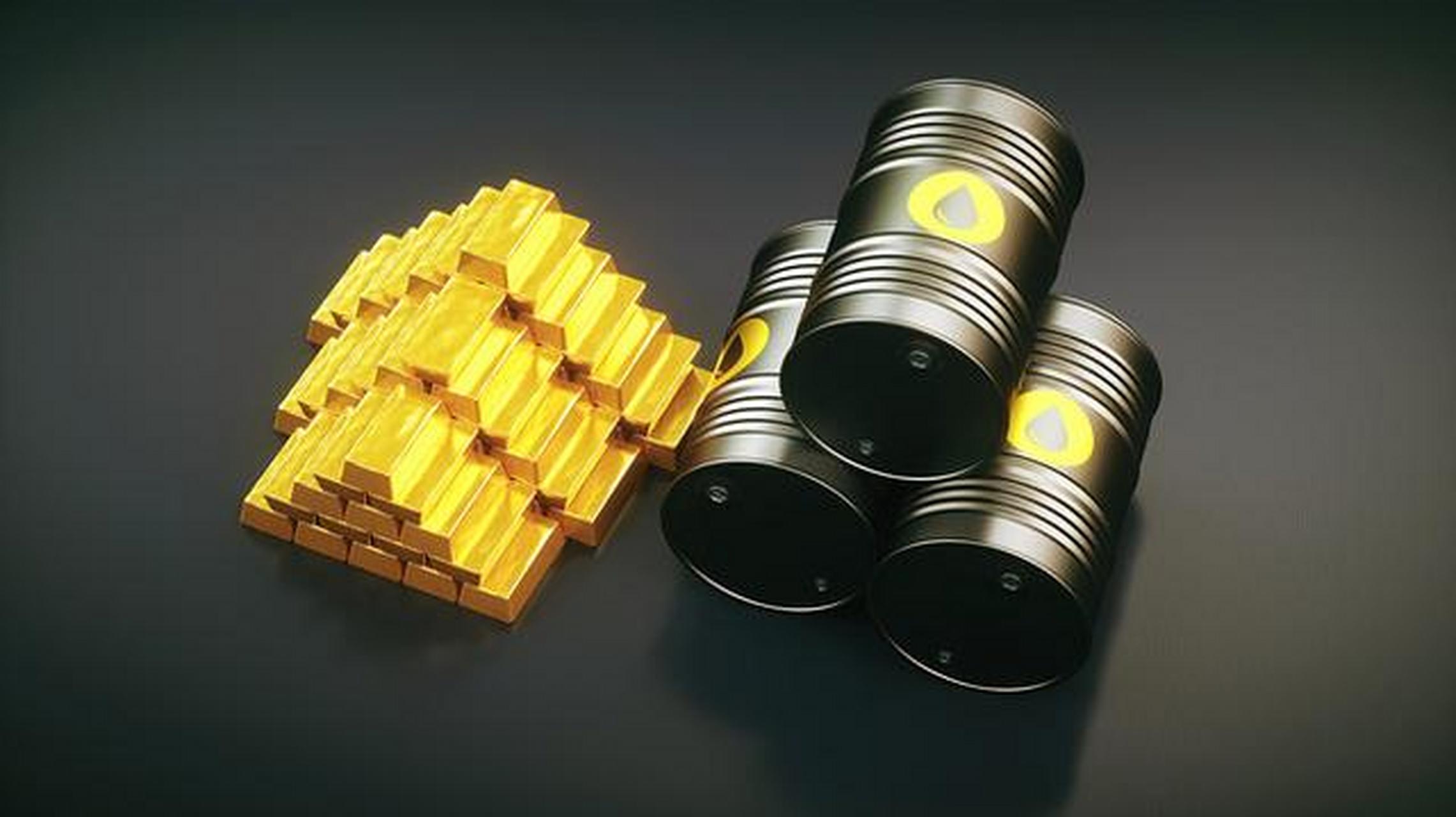
Recently, international financial market volatility has intensified, and the two major safe haven assets of crude oil and gold have shown a violent oscillation trend. The geopolitical conflict between Israel and Iran has triggered market panic, driving international oil prices to soar by over 10% in a single day on June 13th, with Brent crude oil prices breaking through $76 per barrel, reaching a new high in nearly three months. At the same time, global safe haven funds flooded into the gold market, with COMEX gold futures prices hitting $3343 per ounce at one point, and physical gold ETF holdings increasing by 8.2 tons per week. However, with signs of easing in the Middle East situation, international spot gold prices fell by 1.3% on June 24th, and oil prices also showed a trend of divergence. Behind this drastic fluctuation, it reflects the deep game of geopolitical risks, monetary policy expectations, and market supply and demand patterns.
The geopolitical risk premium has become the core driving force behind this round of oil price fluctuations. The Israeli raid on Iran's nuclear facilities on June 13th directly raised concerns in the market about the safety of the transportation channel in the Strait of Hormuz. As a crucial gateway for 30% of global crude oil shipping trade, if the strait is blocked, it will result in a daily supply gap of 2 million barrels. Goldman Sachs estimates that if the conflict leads to a halt in Iran's crude oil exports, Brent oil prices may exceed $90 per barrel. This risk premium was partially confirmed on June 23, when WTI crude oil futures prices plummeted by 5.3% during trading and Brent crude oil fell by 4.8%, both giving up all gains since the conflict. The pendulum effect of market sentiment highlights the pulse like impact of geopolitical factors on oil prices.
The rebound in safe haven demand in the gold market presents a more complex driving logic. The Federal Reserve's June interest rate meeting kept interest rates unchanged, but the dot plot showed a weakening expectation of a rate cut in 2025. This policy expectation correction pushed the US dollar index to the 99 level, theoretically suppressing gold prices. However, COMEX gold futures prices still hit a historic high of $3343 per ounce on June 19th, with physical gold ETF holdings increasing by 8.2 tons per week, the largest increase since October 2024. This divergence phenomenon reflects that the market is re evaluating the risk pricing model: on the one hand, the global debt scale has exceeded $38 trillion, with the US federal government debt accounting for 123% of GDP, and credit risk premiums driving central banks to increase their holdings of gold reserves; On the other hand, geopolitical uncertainty has spurred private demand for safe haven. According to data from the World Gold Council, global central bank gold purchases in the first quarter of 2025 increased by 282% year-on-year.
The pendulum effect of market sentiment emerged on June 24th. As Iran expressed support for easing tensions in the Middle East, international spot gold prices fell 1.3% in a single day, falling back to $3323.75 per ounce. This pullback has dual technical characteristics: from the perspective of price structure, gold prices have encountered historical resistance levels formed in 2011 in the $3340 region; From the perspective of emotional indicators, the CFTC position report shows that speculative net long positions have decreased for three consecutive weeks, indicating short-term profit taking pressure. However, it is worth noting that the holdings of SPDR Gold ETF remain above 940 tons, an increase of 12% compared to the same period in 2024, indicating that there are no signs of withdrawal of medium and long-term allocation funds.
The structural contradictions in the crude oil market are more prominent. Despite geopolitical conflicts pushing up risk premiums, signs of weak demand are gradually emerging. The International Energy Agency's June report lowered its forecast for global oil demand growth in 2025 by 300000 barrels per day to 730000 barrels per day, mainly due to slower than expected economic recovery in major consumer countries such as China. This supply-demand mismatch is confirmed in the monthly spread structure: the price difference between Brent crude oil futures near month contracts and 6-month contracts narrowed to $0.8 per barrel, a 56% drop from the peak in March, indicating market concerns about excess forward supply. The behavior pattern of US shale oil producers has intensified this expectation. Baker Hughes data shows that the number of active oil drilling rigs in the US has increased for two consecutive weeks, indicating that the breakeven line of $45 per barrel continues to stimulate capacity release.
For investors, the current market environment requires more refined risk pricing capabilities. In terms of gold allocation, attention can be paid to the scissors gap between inflation expectations and real interest rates. When the 10-year TIPS yield in the United States falls below -0.5%, it often corresponds to a temporary bottom in gold prices. For crude oil investment, it is necessary to establish a geopolitical risk hedging portfolio, such as capturing regional supply and demand differences through Brent WTI spread trading. Currently, the spread is maintained around $3 per barrel, which is lower than the historical average, indicating that the supply pressure in the North American market is greater than that in Europe. In terms of volatility management, the ratio of the gold VIX index to the crude oil OVX index has exceeded 2.0, reaching a new high since April 2020, indicating that the market is more panicked about crude oil, providing strategic space for cross variety arbitrage.
In the next three months, the market focus will be on three major variables: the Fed's statement on the pace of balance sheet reduction at its July meeting, progress in the US Iran nuclear negotiations, and the issuance of China's crude oil import quotas. These factors may disrupt the current volatile pattern and drive asset prices to find new equilibrium ranges. For allocation funds, gradually increasing holdings of gold below $3300 per ounce and placing long positions in crude oil within the range of $68-70 per barrel may constitute a strategy combination with better risk return.

Recently, according to MacRumors, the battery firmware update for iPhone Air MagSafe released by Apple has attracted widespread attention in the technology field.
Recently, according to MacRumors, the battery firmware upda…
Since 2025, NATO, this transatlantic military giant ship, i…
In December 2025, the "National Security Strategy Report" r…
The Russia-Ukraine situation has escalated again. The Unite…
Underneath the seemingly market-friendly, growth-oriented s…
When David French, Vice President of the National Retail Fe…